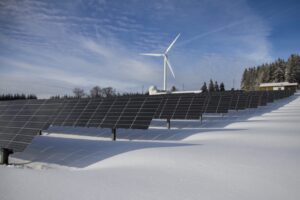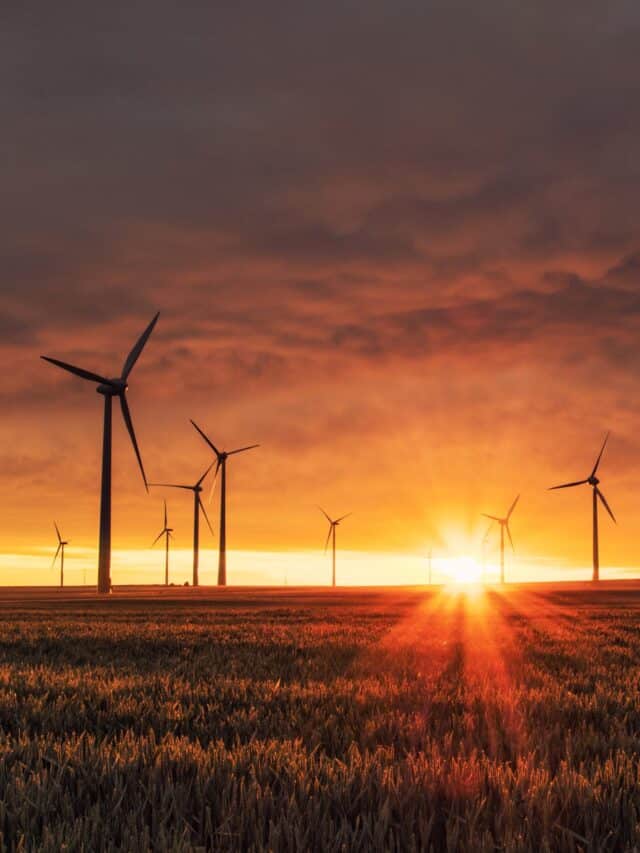Table of Contents
What are non-conventional energy sources?
First let us understand the word, ‘conventional’ term. Conventional means ‘traditional’ or ‘usual way of doing. Fuels that we normally use daily are called ‘conventional fuels’ and the sources of it called ‘conventional energy sources. These include petrol, diesel, crude oil, gas, etc. Non-conventional energy sources are also called renewable energy sources due to their infinite amount of energy source and can be re-used again while petrol, diesel, and gas once consumed cannot be used again. so, conventional energy sources are called non-renewable energy sources. And the fuels which are not traditionally used are called, ‘Nonconventional energy sources’, While non-conventional or renewable energy sources are,
- Solar energy,
- Wind energy,
- Tidal energy,
- Geothermal energy
Solar Energy
Solar energy is widely used by renewable energy sources in the world nowadays due to an infinite amount of sources. i.e. Sun. Nowadays, each country encourages the use of solar energy by giving subsidies. One can use a solar cooker, a solar water heating system on the terrace, and can use solar street light which can store the solar energy in a DC battery and can be used during night hours.
Recent research will enable us to drive solar cars. The solar refrigerator can also be one of the technical applications of solar technology. There will be many customers of solar technologies once they got cheaper. One can use solar energy by the use of photovoltaic cells which are made up of semiconductor materials. The main disadvantage of solar technology is the high initial cost and one needs to depend on sunlight every time. Let us hope for new research in the solar area so that it can be affordable to everyone.
Wind Energy
Everyone might be aware of Wind and its power during the wind storm condition due to high wind velocity which is nothing but high kinetic energy. If this energy can be transformed into rotational/mechanical energy, we can use it for generating electricity by coupling the windmill/turbine to the generator. Thus, one needs a high wind velocity area where one can set up a windmill/turbine.
Normally the wind at high altitude possess more energy compared to ground level, this is why wind turbine is built to very high height. The reason is wind power is consistent and uniform at high altitudes and wind power is directly proportional to the third power of wind speed. Normally one cannot say wind power is consistent because of the inconsistency of wind/air velocity. Thus one needs to think about the energy storage device for wind power too.
Tidal Energy
Tides have a high potential for energy and when it is redirected to get power output, it serves as one of the non-conventional energy sources. We can install the water turbine that runs due to tidal energy. Thus, natural energy is used for mankind. Canada, China, Russia, France, South Korea, and the United Kingdom (UK) are countries that have installed Tidal Power Plant (TPP) which uses tidal energy and converts it to electrical energy.
Geo-Thermal Energy
The heat energy that is obtained from the earth’s core in the form of very hot steam is called geothermal energy. Earth’s core generates high energy due to radioactive decay and heats the underground water. This hot water ultimately forms steam and exits at the earth’s surface. We can use this energy of steam to run the turbine which ultimately runs the generator to produce electricity. The USA, Philippines, Mexico, New Zealand, Iceland, Iran, Japan, Italy, and many more countries are using geothermal energy to get their power from it.
Conclusion
Thus, in order to save our earth from the ill effects of conventional energy sources, we can switch to non-conventional sources that are abundant in nature and do not harm nature. But the only disadvantage of non-conventional energy sources is the high initial cost. Nowadays, various engineering colleges and private institutes are doing research in this non-conventional field. Final-year students are now encouraged to do research or project work in this area. At the end of 2020, the world generated and used 2800 GW amount of energy generated by renewable energy sources.





